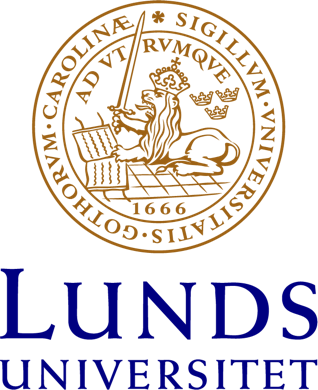Modeling multiple antenna systems in realistic environments - a composite channel approach
For evaluation of specific antenna arrangements in wireless communication systems we need physical channel models that take into account the directional domain. Here we propose a practical approach to wireless channel modeling in, particularly, mobile communication systems, by using an assumption that the channel can be divided into separate parts or regions that can be treated and modeled individ
